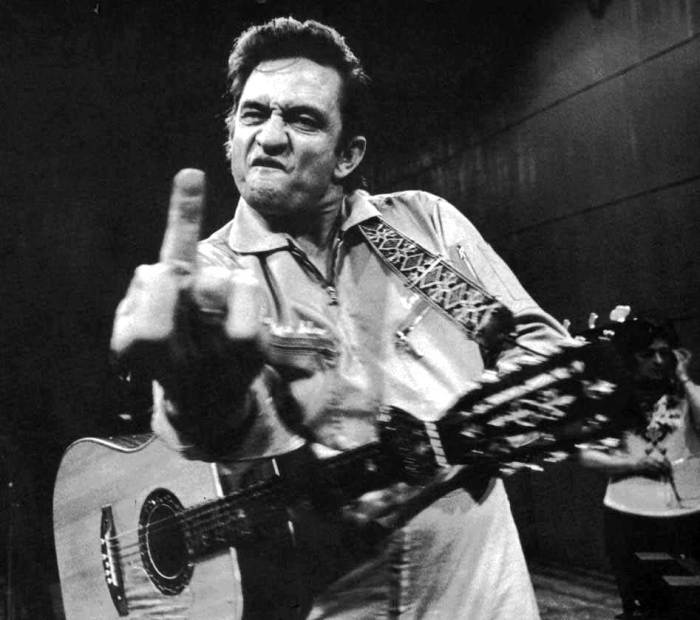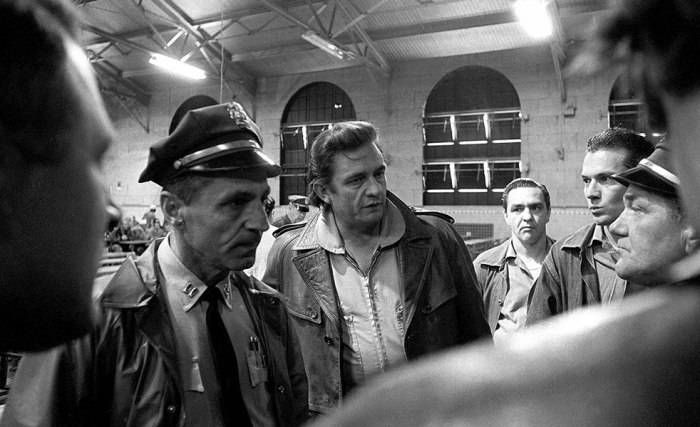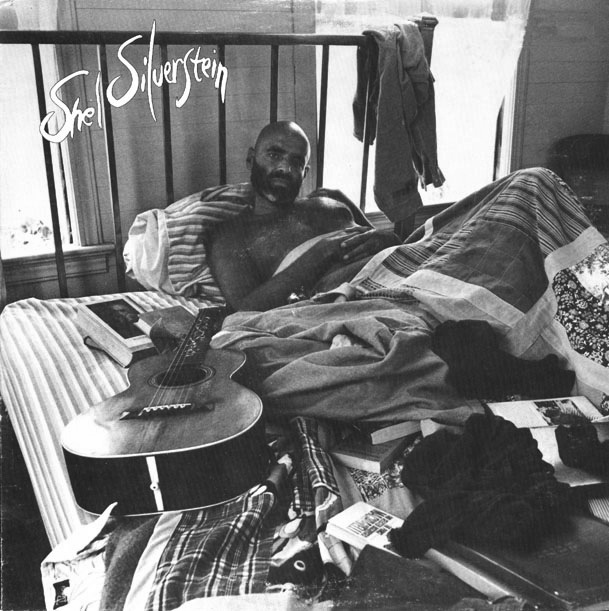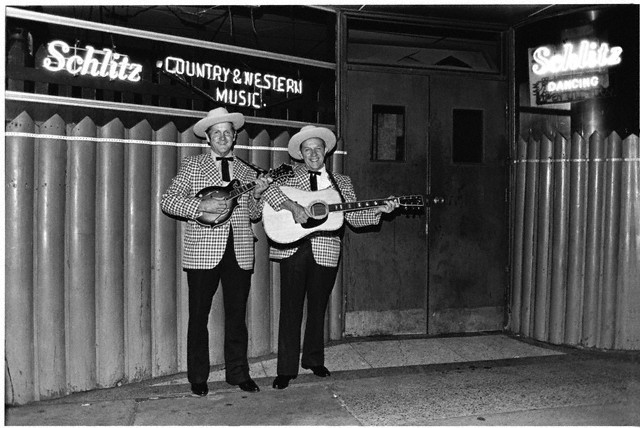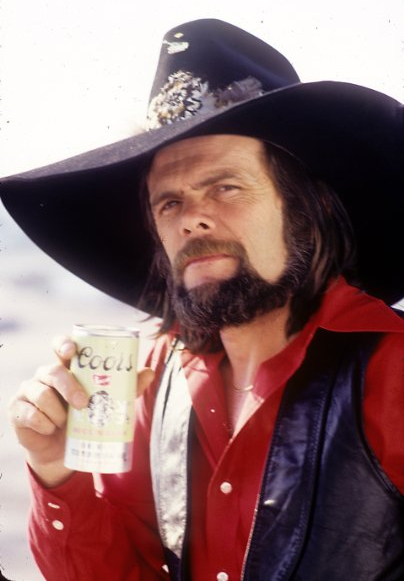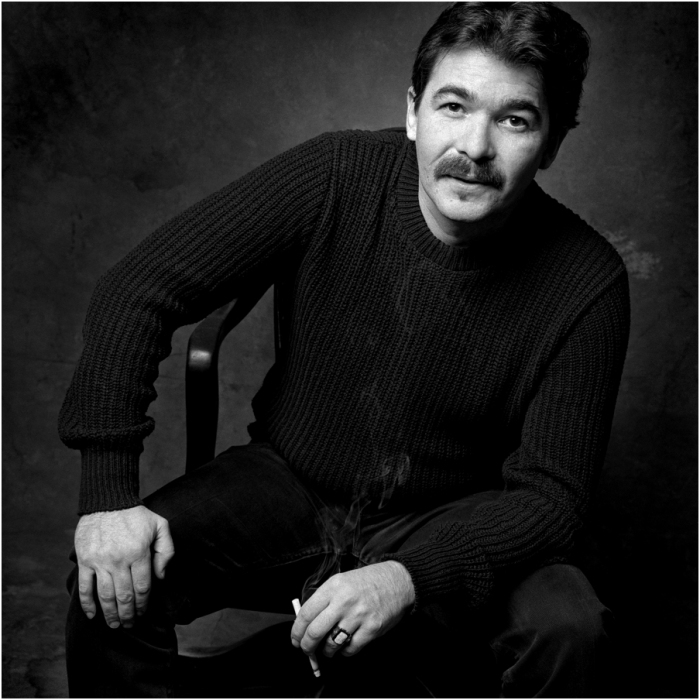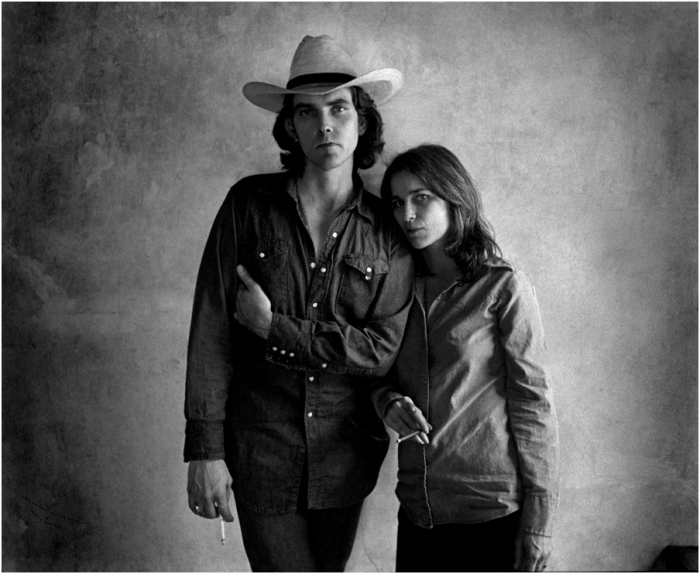–
“Lee came to Coolidge (AZ) while I was still going to high school, and he had just gone to a disc jockey school… a broadcasting school, I guess they called it– Columbia School of Broadcasting in Hollywood. He graduated that, and he got his first job. And it happened to be as a disc jockey– and it happened to be in Coolidge, Arizona. So, I had a friend who wanted to be a disc jockey at the time, and he said, ‘You gotta come out and meet this new guy– he’s really a hoot. Ya know, really funny and all this, and he’s playing Country music.’ So, I went along with him, and I met Lee Hazlewood the first time.”
“At that time, uh, I used to sing… and play too. And I sang with this other guy, Jimmy Dell. We sang together– we did up-tempo Country things… just around town there, you know, mostly. Lee heard that, and like it, and we went in and tried to make a record of that… the two of us with some songs that Lee wrote– his first attempt at songwriting. His first attempt at producing, we went up to Phoenix to someone’s studio… in the back of their house, and well– it was the only studio we knew of. It was, like, 1954– late ’54 or ’55. And uh, we made a couple of tracks.”
“Lee was gonna put it out on his own label, but Jimmy went and got ‘saved.’ And uh, came in one day and said, ‘I’m saved!’ and I said, ‘Saved from what?!’ And he says, ‘No, in church!’ And I said, ‘Oh, great! Congratulations.’ And he says, ‘Yeah, well, it’s not so good.’ and I says, ‘what’s the matter?’ Jimmy said, ‘I can’t sing with you no more.’ And I says, ‘Oh. Why not?’ He said, ‘Because I can’t sing worldly music no more.’ And I said, ‘oh, oh, well you get to tell Lee that then– he’s just invested all this money in these records.’ So they ended-up sitting in Lee’s garage– and never did get out…”
“So that’s how I met Lee. Later that year he moved to Phoenix, and got a job at a Country station up there, KRUX. And it turns out he was the first one to ever play Elvis Presley in Phoenix, on the Sun label. A guy there, brought these records from down in Texas, a local Country artist who got on a show with Elvis, and he brought these records back and played them for Lee– and Lee thought they were great. So he scheduled them, and started playing them, and it caused all kinds of ruckus! He almost got fired over it… It was a big change! You know, Elvis doing ‘Blue Moon of Kentucky’ like that, and all…” –Duane Eddy
–
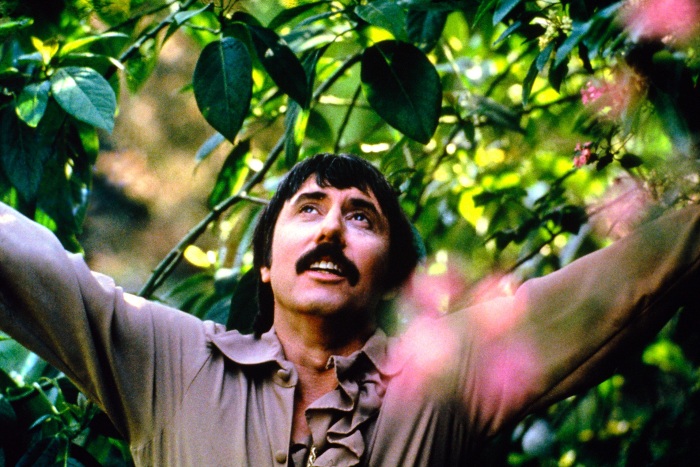
From DJ, to producer, to songwriter/lyricist and singer– Lee Hazlewood would produce a striking string of hits over his career– first with the young guitar legend, Duane Eddy, and later with the down-on-her-luck daughter of a true American icon, Frank Sinatra.
Nancy and Lee were an oddly powerful duo. His thinly-veiled lyrics of drugs and decadence were delivered with such wooden stoicism that nary a soil thought twice. But when Nick Cave himself cites you as one of his biggest influences– you must have been doing something wrong, oh so right. Hazlewood created a signature moody sound– filled reverb, space and mood a-plenty. Phantasmagoric, at times.
And while his sound had psychedlic elements, he was anything but a hippy, or even Rock ‘n’ Roll. It filled a void in radio that no one else could. Brought up in Oklahoma, and ramblin’ ’round Texas, Arkansas and Arizona in his early days– he had little chance of running into anything remotely hip or forward– he truly crafted his own niche unlike what anyone else was doing. In fact, he was so unhip, that he was truly ahead of the times. He made “uncool” cool. The Beck of his day, but without the looks and moves.
That’s right– Beck.
__________________________________________________________________________
–


–
–

–
Continue reading →
